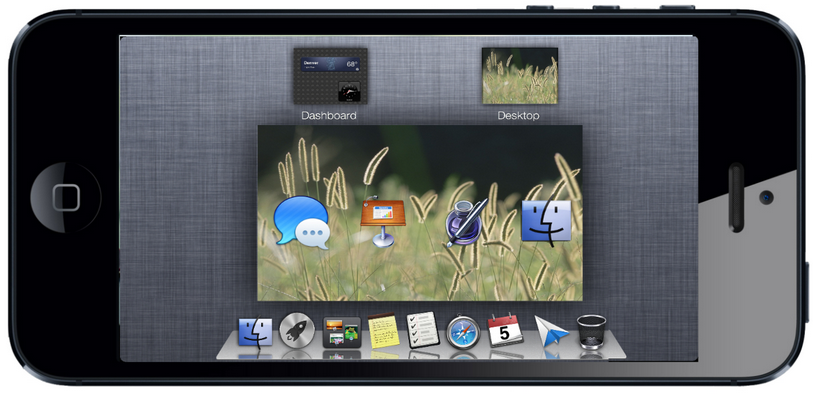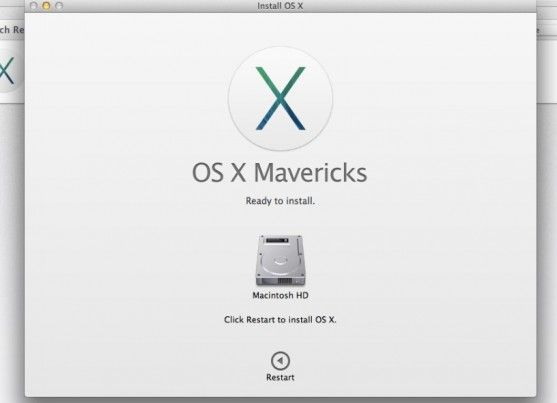

- FREE UPGRADE OS X MAVERICKS SOFTWARE
- FREE UPGRADE OS X MAVERICKS PLUS
- FREE UPGRADE OS X MAVERICKS FREE
Apple hasn’t upwardly adjusted the prices of any of its Macs to compensate (indeed, it’s lowered them significantly on the new Retina MacBook Pros). That may seem a trivial difference, but it’s still a difference.

I’m also not arguing Apple’s prices are just as they should be (Apple is, in my view, selling what amount to consumer-grade products for boutique prices - my friends and I used to call what we’d pay for our Mac desktops and laptops the “Steve Jobs tax” back when the disparity between pre-Intel Apple and its consumer-angled, Intel-based competition was even starker).īut when you do the math, we’ve been paying $20 to upgrade OS X and now we’re paying nothing. How much more is debatable, and demands a much more serious, comparative, scholarly survey of historical pricing and price trends alongside economist-caliber analyses of markets, consumer price indices and so forth. That’s been the industry norm: that you get more for the same or less. By eliminating those latter costs, you now pay whatever you pay for a Mac and that’s it - either less or the same for notably more power, more storage, more bells and whistles, etc.
FREE UPGRADE OS X MAVERICKS PLUS
Prior to Tuesday, you paid whatever you paid for a Mac, but you also paid ongoing upgrade fees for OS X, plus app costs if you used Apple products like iWork. It ignores the fact that Apple’s eliminated a consumer cost, however slight. You could argue that’s how much Apple’s now charging for OS X Mavericks, minimum, but I think it’s the wrong way to characterize what’s happened here. The least expensive Mac, the Mac mini, starts at $600. But I’d wager Apple’s been folding those costs in for years (and since Apple designs and controls its hardware, it’s probably been doing so from the start).

By eliminating OS X’s upgrade fee, Apple’s simply folding its R&D costs into the platform as a whole.

To obtain OS X, you need to purchase a Mac, just as you need to purchase an iPhone, iPad or iPod Touch to obtain iOS (iOS upgrades also cost nothing). Someone’s paying something, somewhere, and Apple’s going to get its piece one way or another. On the other hand, nothing’s really free. The norm in Apple’s case was paying $20 a year, and the norm prior to that was paying considerably more. And yes, “free” has qualifications, but when hasn’t it? When we say something that used to cost money now costs nothing, we’re saying so in relation to an industry norm. So yes, I think it’s accurate to say that OS X Mavericks is free. If you own a Mac running OS X 10.6.8 or later, you just have to click the Mac App Store icon, locate OS X Mavericks (currently listed in “featured”), click “Download” and run through the particulars.
FREE UPGRADE OS X MAVERICKS FREE
None of that’s rocket science.īut with OS X Mavericks, Apple finally eliminated that upgrade fee, making OS X Mavericks free for existing Mac owners. Upgrade fees have been Apple’s way to recoup some of that investment.
FREE UPGRADE OS X MAVERICKS SOFTWARE
But like any self-respecting OS-maker, Apple’s charged a fee to upgrade, and I’ve been paying it for years.Īpple, of course, has software engineers and designers and project managers who work year in, year out to refine OS X, layering in new features, performance improvements, overhauling the interface and so forth. These people need to be paid, and Apple itself needs to take its piece for investing substantial time to advance the Mac platform. Not money built into the price of each system - I’ve paid that, too. Follow last half-dozen times I’ve updated OS X between hardware upgrades, I’ve paid money.


 0 kommentar(er)
0 kommentar(er)
